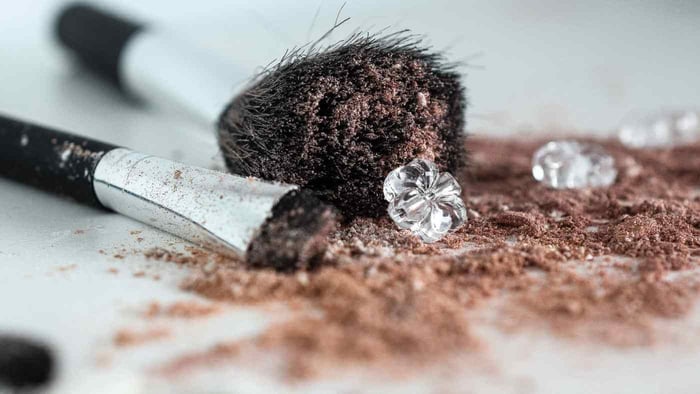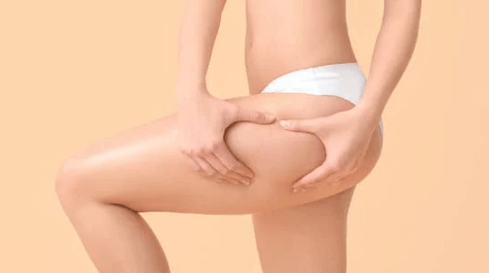
What is Microdermabrasion?
Microdermabrasion describes dermatological treatments designed to remove the top few layers of skin. There are two main types: your skin cells are abraded with either a stream of crystals or a diamond-tipped wand. Both of these types also include suction, to remove the dead skin cells as they are separated from your skin and to cause the treated area to swell slightly, bringing nutrients.
Alternatives to clinical microdermabrasion include the new hyrdodermabrasion procedure, which sloughs skin cells with a stream of water and hydrates your dermis as it exfoliates, and at-home microdermabrasion systems, which achieve less abrasion than clinical treatments but could be a good option for some.
Microdermabrasion requires no anesthetic, unlike dermabrasion, which abrades a deeper layer of skin. Dermabrasion causes more pain but can also fix more serious problems and give more long-lasting results.
How Does Microdermabrasion Work?

By removing the top layers of skin and stimulating blood flow, microdermabrasion exfoliates, rejuvenates, and resurfaces the skin. It reduces superficial blemishes and unevenness and is an ideal treatment for a variety of cosmetic defects. It is most commonly applied to the face but can be used on other areas of the body as well.
However, the results of microdermabrasion are temporary. The even complexion and blemish-free glow from the treatment only last until the new skin layer is subjected to the same weathering that caused imperfections in the pre-treatment skin layer.
Depending on your goals, you may want to receive microdermabrasion therapy weekly, biweekly, or monthly to reap the benefits long-term.
Fortunately, it is a relatively inexpensive procedure--the average cost nationally is $137 per session--and you’ll be in the office for only 30-60 minutes. Aside from minor post-treatment swelling and occasional bruising (which is a result of fragile skin or aggressively-applied treatment), there are no major side effects and no down-time.
What Can It Do?

Fine Lines + Wrinkles
Fine lines are caused by creases in that outermost layer of skin. As they progress, they become deeper and form into wrinkles. Microdermabrasion can remove or lessen the appearance of these lines by resetting your skin to a fresh, crease-free layer. However, microdermabrasion won’t be effective for deeper wrinkles, which will need to be treated by other means.
Scarring
Similar to wrinkles, repeated microdermabrasion treatments can smooth out and lessen the appearance of scars over time, but will be less effective for deeper scars.
Hyperpigmentation + Uneven Skin Tone
UV damage, injury, and acne scarring can all cause hyperpigmentation or uneven skin tone. Most of this damage and subsequent pigmentation exists in the outer layers of skin. Through microdermabrasion and exfoliation, you can remove those outer layers and encourage the creation of a new, more even skin tone.
Acne
Microdermabrasion can treat mild to moderate acne by removing dead skin cells, which clog pores, and by reducing the amount of sebum in pores. Unfortunately, microdermabrasion can inflame cystic acne, so it is important to consult with a dermatological professional prior to deciding on treatment.
Microdermabrasion fans swear by its ability to make skin look fresher, younger, brighter, and more clear with minimal cost and no downtime. We recommend giving it a try if you are interested in a non-invasive method to get more beautiful skin.




